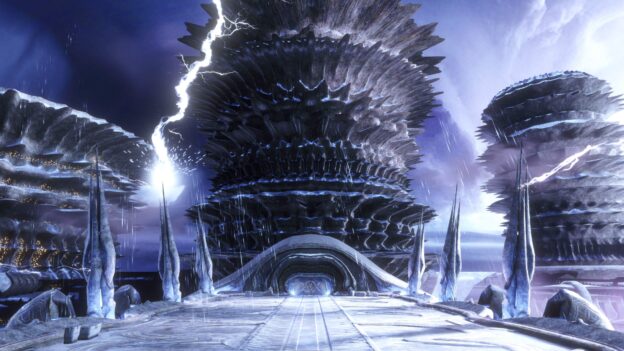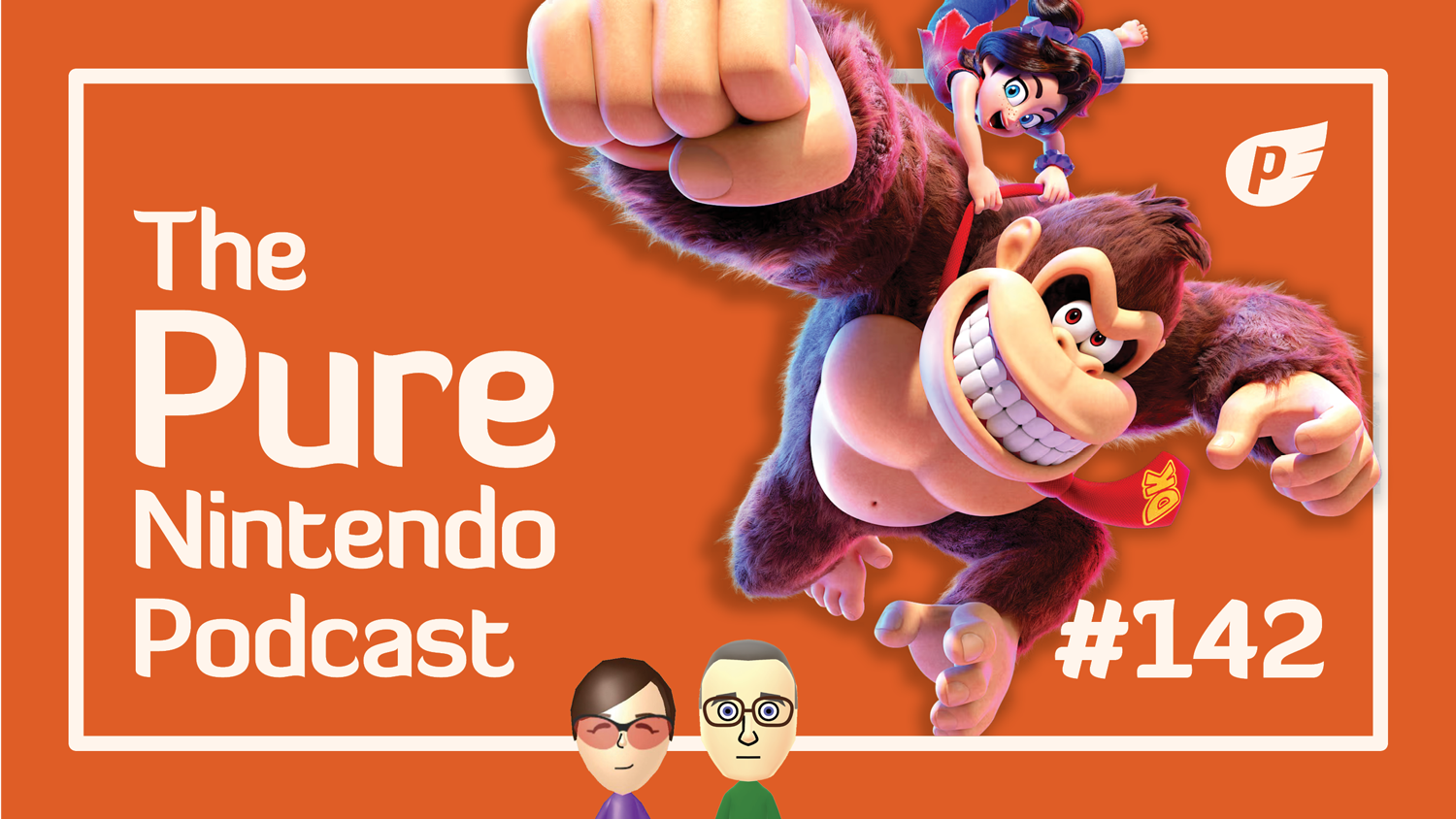Tales Of Symphonia Remastered Review Mini – Review Mini

Barely the bare minimum.
I have fond memories of playing Tales of Symphonia nearly 20 years ago. It was one of the first JRPGs I’d ever played, and to this day I consider it a gold standard of the genre. With a complex narrative in a massive world, fluid real-time combat, and a star-studded English dub featuring the likes of Scott Menville, Jennifer Hale, and Tara Strong, there’s plenty to love about this game. There are a few things that haven’t aged too well such as the lack of quality of life features from future Tales titles and a messy opening act with clunky exposition, but I’d still easily recommend the game to anyone looking to play an absolute classic.
Unfortunately, I don’t have as many kind words for the latest remaster, which is not only the first time it’s been re-released on a Nintendo system, but also only the third time ever that the game has been made available in the west. There are enough problems with Tales of Symphonia Remastered that it feels generous calling it a remaster at all—not only does it lack any new features or improvements at all, but it retains every technical flaw from previous re-releases while managing to introduce brand new problems of its own.
Symphonia Remastered is based on the PS3 re-release from 2014, and many of its issues are inherited from that version. There’s been a lot of talk about how the game is locked to 30fps—a downgrade from the GameCube version’s 60fps that has its roots in the initial PS2 port. If that were the only issue then things might not be so bad, but the game’s art style was also compromised with inconsistent rendering for the anime-style character outlines featured in the original release. The outlines never manage to look as bold as the original GameCube version, and depending on the scene they sometimes vanish entirely. Some scenes also bizarrely have dialogue that is completely missing in PS3 and Switch versions. This isn’t a matter of censorship or an updated localization; characters will still reply to missing lines as though they were still there.
The issues with the PS3 port (which can also be found on Steam) ultimately don’t add up to much, and if you’ve never played the game before you probably won’t even notice most of them. The same can’t be said of the new issues introduced in the Remaster. Loading times between maps, which used to be miniscule, are now several seconds long. Colors are less vibrant across the board with the game’s brightness being turned down in all scenes. Textures have been AI upscaled, with visual details devolving into a smeary soup as a result. The battle UI now features texture seams not present in any other version, and small icons and text fonts now have visible compression artifacts. One especially egregious example I noticed was a small black line that consistently appeared above any lowercase w in dialogue.
Some of Symphonia’s graphical effects are now simply broken. The pause screen which previously appeared on top of whatever was happening in the game now features a plain black background. The stylish animation that transitions between exploration and combat is completely missing, replaced with a hard cut to black followed by a hard cut to white that fades in after a couple seconds. Cutscenes also appear to have lost the ability to crossfade, now abruptly jump-cutting between shots that used to be slow transitions. The only genuine improvement in this version is that the game runs at 1080p, a record high for console versions of Symphonia—but a lot has been sacrificed to get there.
So much is compromised in this remaster that if it had just been an emulator running the GameCube version in HD, then it actually would’ve been an improvement. That’s not just hyperbole; I actually checked how the GameCube version looks on a fan-made emulator rendering the game in 4K, and the result speaks for itself. There are no compression artifacts in the UI, there are no visible texture seams, the character outlines are fully intact, and the game runs at a smooth 60fps; all aspects that the official remaster fails at. The only thing the GameCube version is missing is the content that was added in the later PS2 port, but at this point I’m starting to wonder if that content is even worth the trouble.
Tales of Symphonia seems to be a game that is doomed to get a bit worse with every subsequent re-release. It’s difficult to justify calling this new version a remaster at all since it includes all of the problems with the previous version while introducing entirely new problems on top of that. The bare minimum for a port of a retro game should be that you won’t notice any technical problems if you haven’t played the original, and Tales of Symphonia Remastered does not even clear that bar. It is playable; it’s still Tales of Symphonia, but that is the absolute least we can ask of it, and that is the absolute most we’ve gotten from it.




